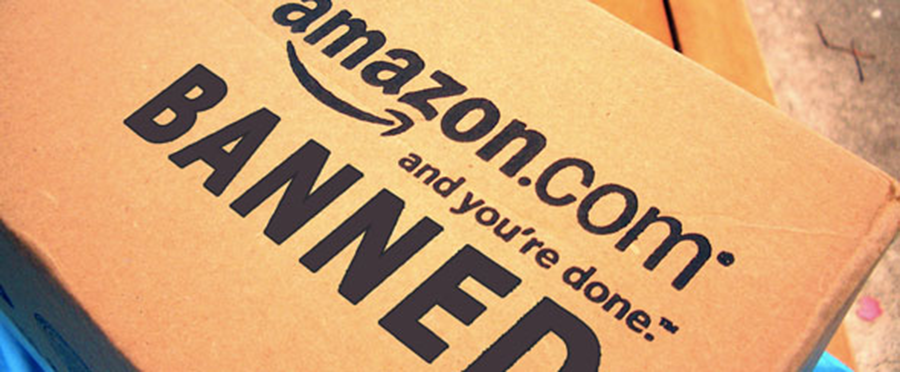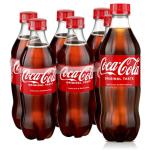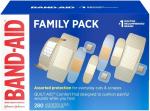Amazon finally bans shady incentivized reviews
After months and months of Amazon sellers gaming the review system, the online retailer has finally decided to crack down on reviewers that use this disclaimer phrase (or a variation of) “I received this item at a discounted price for my honest and unbiased review.“ These overly positive reviews were recently proven to be biased by ReviewMeta, often increasing the overall score as much as half a star.
That study found that incentivized reviewers were twelve times less likely to assign a 1-star rating than someone that purchased the product on their own. In addition, reviewers were loading up on products for free in exchange for their reviews; a makeshift payment system for anyone that wanted to write reviews for a living.
As detailed by Amazon in a release today, the only incentivized reviews that will remain on the site will be anyone enrolled in the Amazon Vine program. In all likelihood, this will decimate the review scores on the flood of cheap Chinese knockoff products that have taken Amazon by storm over the last couple years. There were even companies that sold Amazon reviews, before Amazon started suing them.
While Vine is a form of incentivized reviews, Amazon limits the number of Vine reviews that can appear on a product listing. Hypothetically, a product may have 10% Vine reviews, 90% non-incentivized reviews. Many third party sellers flipped that percentage in their favor, often listing 90% super-positive paid reviews and only 10% non-incentivized reviews from real customers at a product launch.
Amazon hasn’t weighed in on what they will be doing with the existing incentivized reviews that are currently listed on the site. While they won’t be allowing those reviews to be published moving forward, it’s unclear if they will remove reviews or require third party sellers to remove those reviews by a certain date.
As a consumer on Amazon, you should be wary of any product that lists those types of shady incentivized reviews. You can use products like ReviewMeta or Fakespot to scan for fake reviews or use the tips below to avoid incentivized reviews:
Three tips to identifying shady incentivized reviews:
- Search Amazon reviews for specific keywords like “discount,” “honest,” “unbiased,” or “review.” If you see a rash of reviews with that common disclaimer phrase pop up, you have discovered fake reviews.
- Use the sorting function to look at the timing of the reviews. When most of the 5-star reviews are around the same time period (perhaps within seven to ten days), those are likely fake reviews.
- Fake reviews are typically short, include extremely general details and have an overbearing level of positive superlatives. It’s also likely you will see grammatical errors in phrasing.















Doug Dingle
October 4, 2016 at 10:00 pm
The problem wasn’t only the number of fake reviews, it was that they were ALWAYS the first half dozen featured reviews immediately below the product description.
The shilling wasn’t subtle, and I’m curious to know how it was that they were placed there front and center on EVERY product with bogus “free product” reviews if Amazon wasn’t part of the scam.
And I can tell you right now, they will NEVER stop allowing the bogus five star reviews on books. Never, ever, ever. Those reviews of books drive sales like crazy, and they’re here to stay.
Cubancheapskate
October 4, 2016 at 1:58 pm
Finally! It was so hard to shift through the BS paid reviews and compare items. Not sure why it took them so long to stop the review shilling.
Thanks for the update. Amazon should provide a filter on reviews to filter out these paid non-vine reviews.